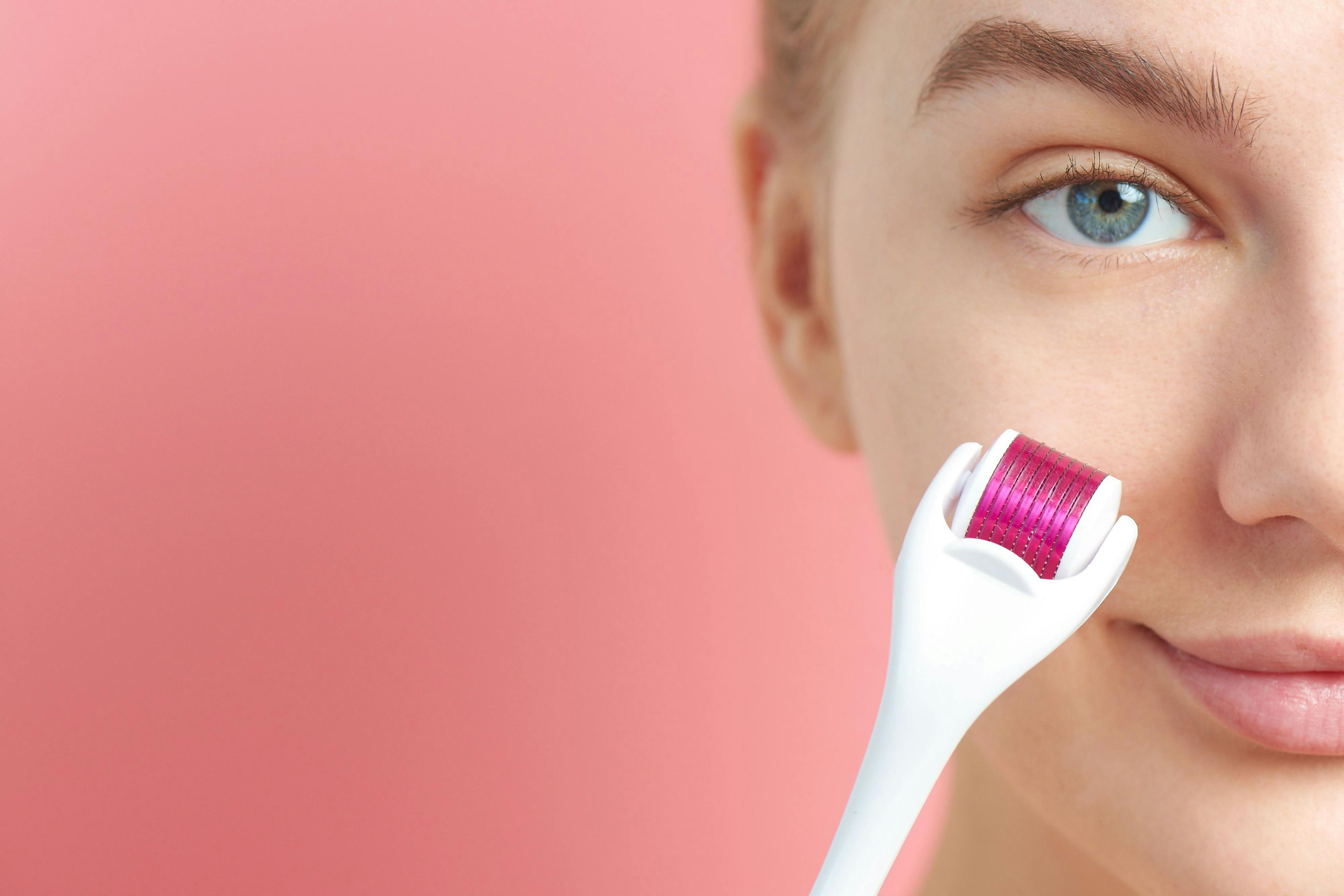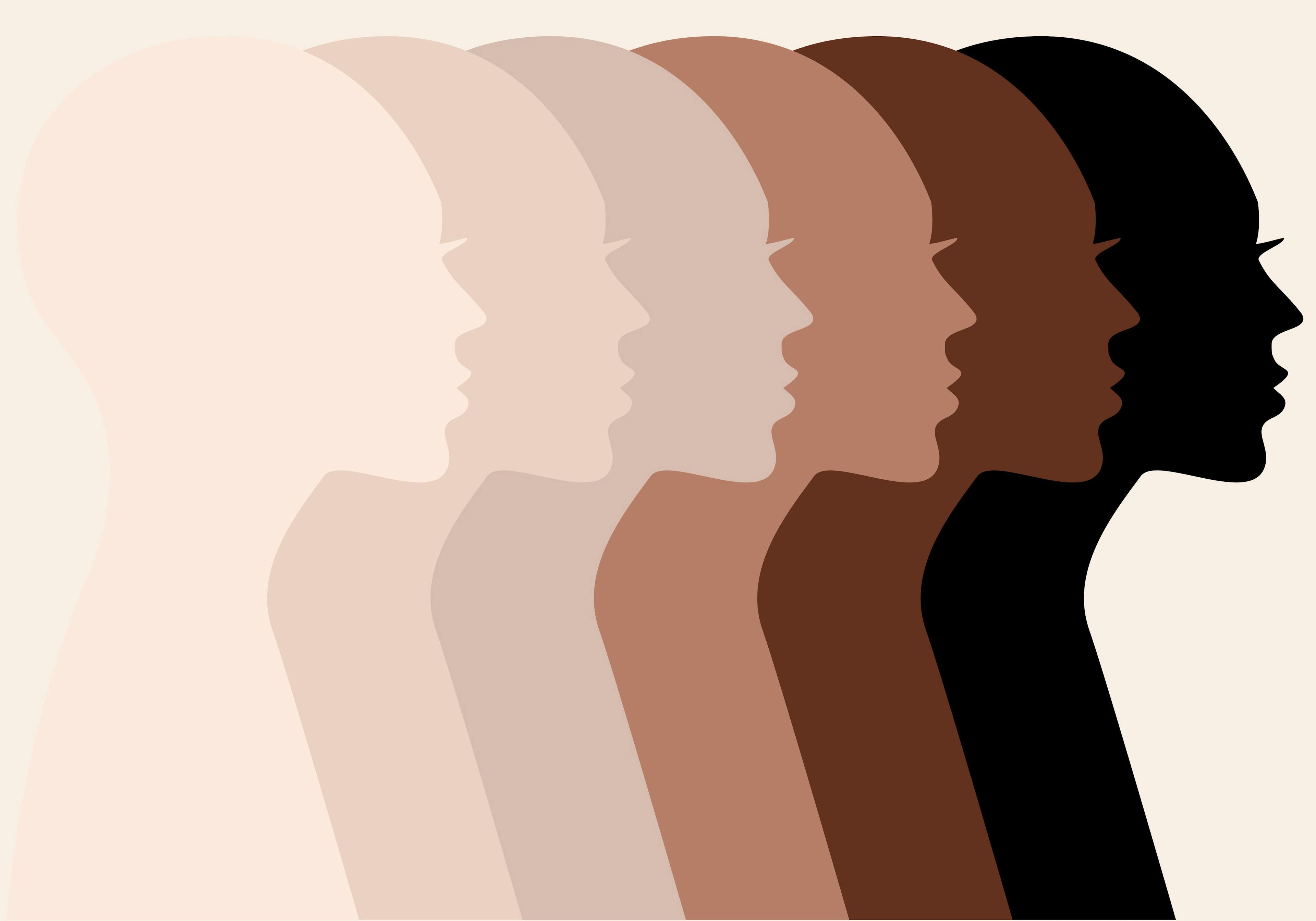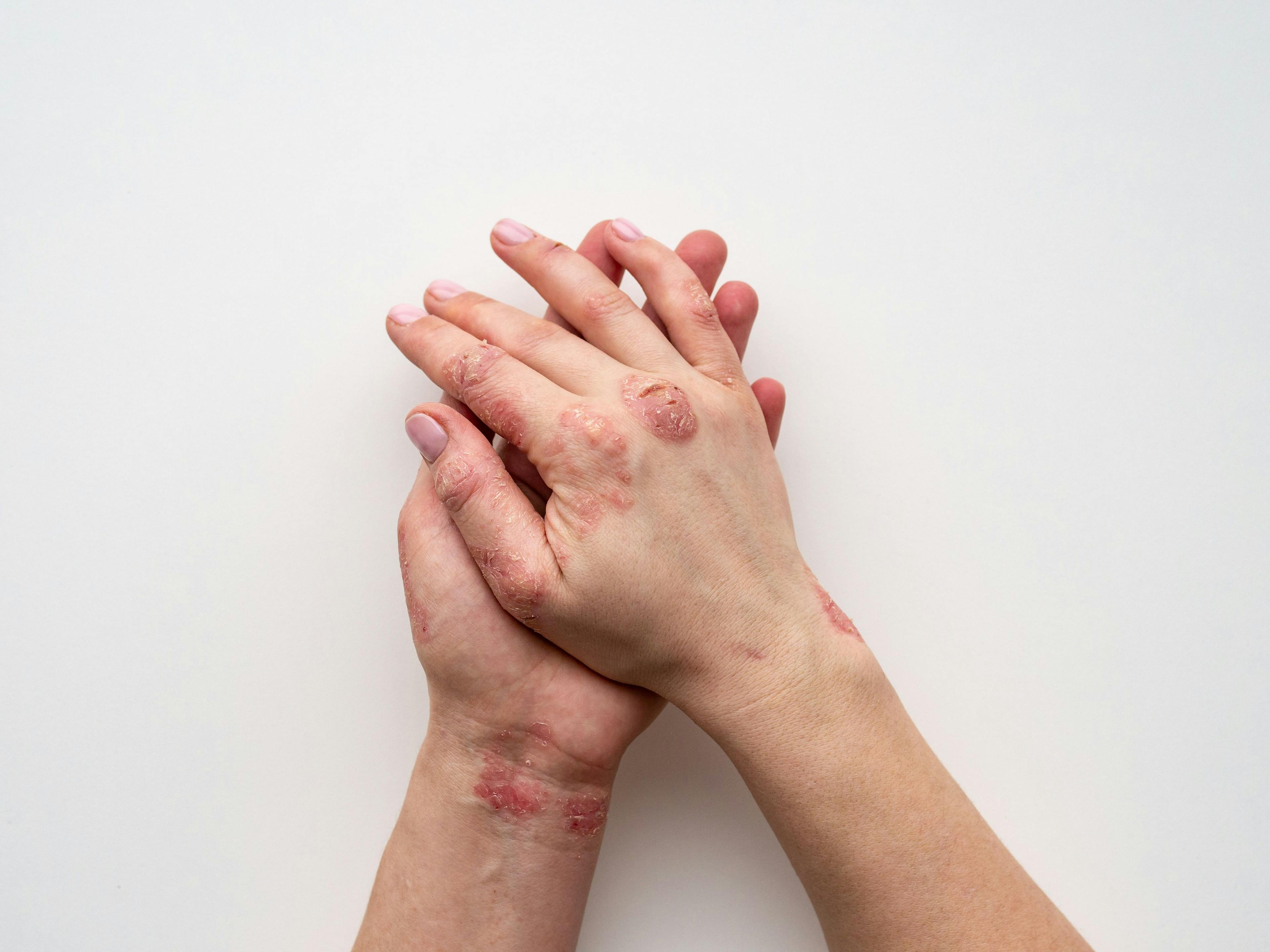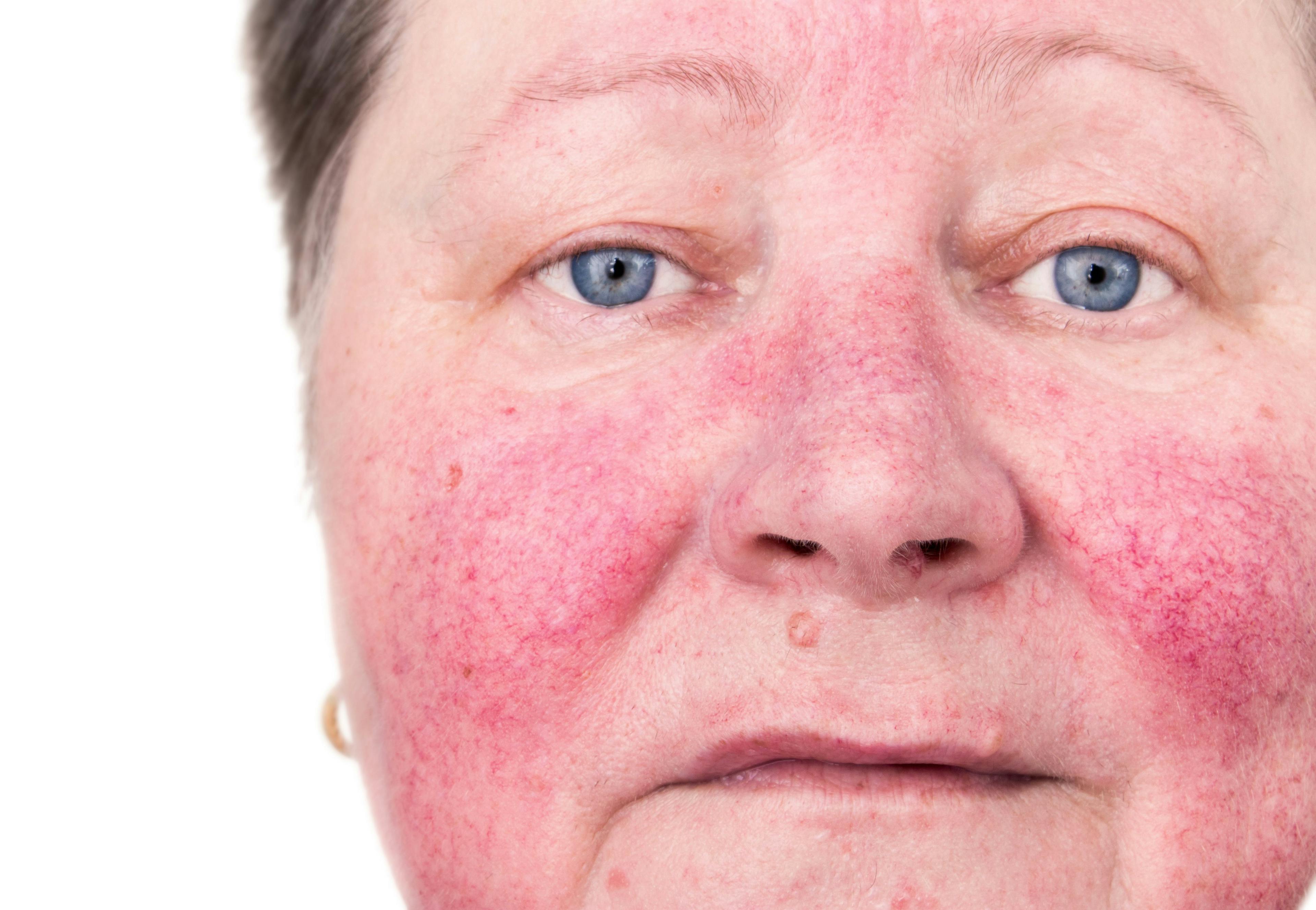- Acne
- Actinic Keratosis
- Aesthetics
- Alopecia
- Atopic Dermatitis
- Buy-and-Bill
- COVID-19
- Case-Based Roundtable
- Chronic Hand Eczema
- Chronic Spontaneous Urticaria
- Drug Watch
- Eczema
- General Dermatology
- Hidradenitis Suppurativa
- Melasma
- NP and PA
- Pediatric Dermatology
- Pigmentary Disorders
- Practice Management
- Precision Medicine and Biologics
- Prurigo Nodularis
- Psoriasis
- Psoriatic Arthritis
- Rare Disease
- Rosacea
- Skin Cancer
- Vitiligo
- Wound Care
Publication
Article
Dermatology Times
Polish Skills to Treat Nail Disorders
Author(s):
Nail disorders such as brittle nails and pincer nails commonly lead patients to seek dermatologic consultation, with each case presenting a particular set of therapeutic challenges for both clinician and patient. A more in-depth understanding of the physiology, biomechanics, and precipitating factors of these disease processes can optimize treatment and management decisions.
“Brittle nails represent the chief complaint in 10% of all medical visits to dermatologists in the United States—so, 1 in every 10 patients is having issues and is complaining about their brittle nails,” said Dana Stern, MD, assistant clinical professor of dermatology at Mount Sinai in New York, New York, in a presentation at the 2022 American Academy of Dermatology (AAD) Annual Meeting in Boston, Massachusetts.1 “That underscores the need to better address this condition and find meaningful, effective therapies for our patients.”
Brittle nails typically split, flake and crumble, become soft, and lose elasticity, Stern said. The main clinical presentations include onychoschizia, onychorrhexis, superficial granulation of keratin, and worn-down nails. Brittle nails can be either idiopathic or secondary to several causes, including inflammatory nail disorders, infections, systemic diseases, and medical conditions.
“Intrinsic factors such as genetic aging and some systemic diseases tend to be more difficult to control and make it more challenging to achieve improvement in nail fragility,” Stern said. “Fortunately, brittle nails caused by extrinsic factors are easier to treat, and tweaks in our patients’ hand- and nail-care routine can result in significant improvements.”
Concerns About Biotin
With a recommended daily dose of 10 mg, biotin (vitamin B7) traditionally was touted as a miracle supplement for nails. However, since the FDA’s 2017 warning that in patients taking more than 10 mg daily, biotin can interfere with certain laboratory tests, including thyroid assays and cardiac markers, clinicians are wary to readily recommend the supplement as a treatment for brittle nails.
“The impact on cardiac markers is particularly concerning because blood results become difficult to interpret due to the interference phenomenon,” Stern said. “This, combined with the chronic lackluster performance of biotin in my patients, has led me to stop recommending the supplement. Given those concerns, I think we need more robust data on its therapeutic efficacy before advising its use.”
Nail-Care Strategies
Nails are 1000 times more absorptive of water than the skin, so protective measures against external insults can improve nail fragility. Keeping nails short minimizes absorption of water and chemicals, and wearing gloves so hands stay dry when working with water further protects the nails, according to Stern.
Much more can be done for brittle nails with respect to cosmetics, she noted. Removing most nail cosmetics, whether basic polish or decorative enhancements and gels, usually requires soaking nails about 10 minutes in a strong solvent—often, pure acetone—which, Stern said, can cause significant brittleness and dehydration. Taking a nail polish holiday (its length depends on the amount of damage) and avoiding these solvents can help reduce nail fragility, she added.
Other ways to protect nails include using glass files instead of emery boards, which tend to cause microscopic tears at the nail tip, according to Stern. Glass files are much better for achieving a smooth trim without crevices and fissures, can be reused, and do not dull, offering an effective, inexpensive option for managing brittle nails.
Topical nail-care products, especially those rich in hydroxy acids and phospholipids, can improve nail fragility. According to Stern, phospholipids have been shown to increase nail flexibility, so phospholipid-rich ingredients such as sunflower and brazil nut oil can help strengthen nails. Also, some evidence demonstrates that Pistacia lentiscus, or mastic oil, a resin from Mediterranean evergreen tree sap, may be a natural nail strengthener; this ingredient has been incorporated into several products on the market.
Knowing which ingredients to avoid is as important as knowing which to seek out, Stern said. Some nail hardeners still contain formaldehyde, which is allowable up to 5% in nail products but is known to cause paradoxical brittleness. “Formaldehyde basically stiffens the nail to the point where it can lead to separation due to the nail becoming too rigid and prone to lifting,” Stern explained. “In addition, issues with contact dermatitis and potential carcinogenicity should be enough to advise patients to avoid products containing this ingredient.”
Bolder Options for Pincer Nails
Pincer nail, another common disorder, is characterized by excessive transverse curvature, progressively pinching the nail bed distally; the range of etiologies includes onychomycosis, psoriasis, tumors, cysts, and medications such as ß-blockers. Due to the condition’s chronic and recurrent course, pincer nails can significantly affect quality of life, and surgery is often the optimal choice.
“The problem is that conservative options often only provide temporary relief because they may not be addressing the underlying bony causes. In my experience, surgery remains the best approach to achieve long-lasting results in pincer nails,” said Tracey C. Vlahovic, DPM, a clinical professor at Temple University School of Podiatric Medicine in Philadelphia, Pennsylvania, and a copresenter with Stern at the AAD meeting.2
Special bracing and suture techniques have become popular topics in the literature, but Vlahovic said that these approaches likely will prove suboptimal if any underlying bone deformity is not addressed appropriately and may just delay inevitable surgical correction.
Vlahovic said she prefers the zigzag nail bed flap surgical technique: The created flap is pulled forward distally to widen the nail bed. This results in a nail bed that is smooth and flat, not grossly incurvated, and carefully prepared for future nail growth.
“I find that the surgical methods tend to do quite well and are often necessary to appropriately address underlying bony issues. Following surgery, patients are advised to use nail conditioner products that can help ensure the nail grows in healthy,” Vlahovic said.
For patients who are not candidates for surgery, Vlahovic said, conservative options can improve symptoms of pincer nail. Using a YAG laser, applying topical tazarotene 0.1% gel, and weighing down the center of the nail with cosmetic resins have proved effective but may provide temporary relief.
“If the dermatologic surgeon isn’t comfortable doing bony procedures, then it is a good idea to consult with a podiatric physician, orthopedic surgeon, or plastic surgeon.…Much of this is in my wheelhouse [as a podiatric surgeon], so this is a good opportunity for our professions to collaborate,” Vlahovic said.
Disclosures
Stern is a board member of Rare Beauty Brands and the founder of Dr. Dana Beauty, which is part of the Rare Beauty Brands portfolio.
Vlahovic reported no relevant disclosures.
References:
- Stern D. Current Management of Brittle Nails. Presented at: American Academy Dermatology Association 2022 Annual Meeting; March 25, 2022; Boston, MA.
- Vlahovic T. A Review of Pincer Nail Therapy. Presented at: American Academy Dermatology Association 2022 Annual Meeting; March 25, 2022; Boston, MA.
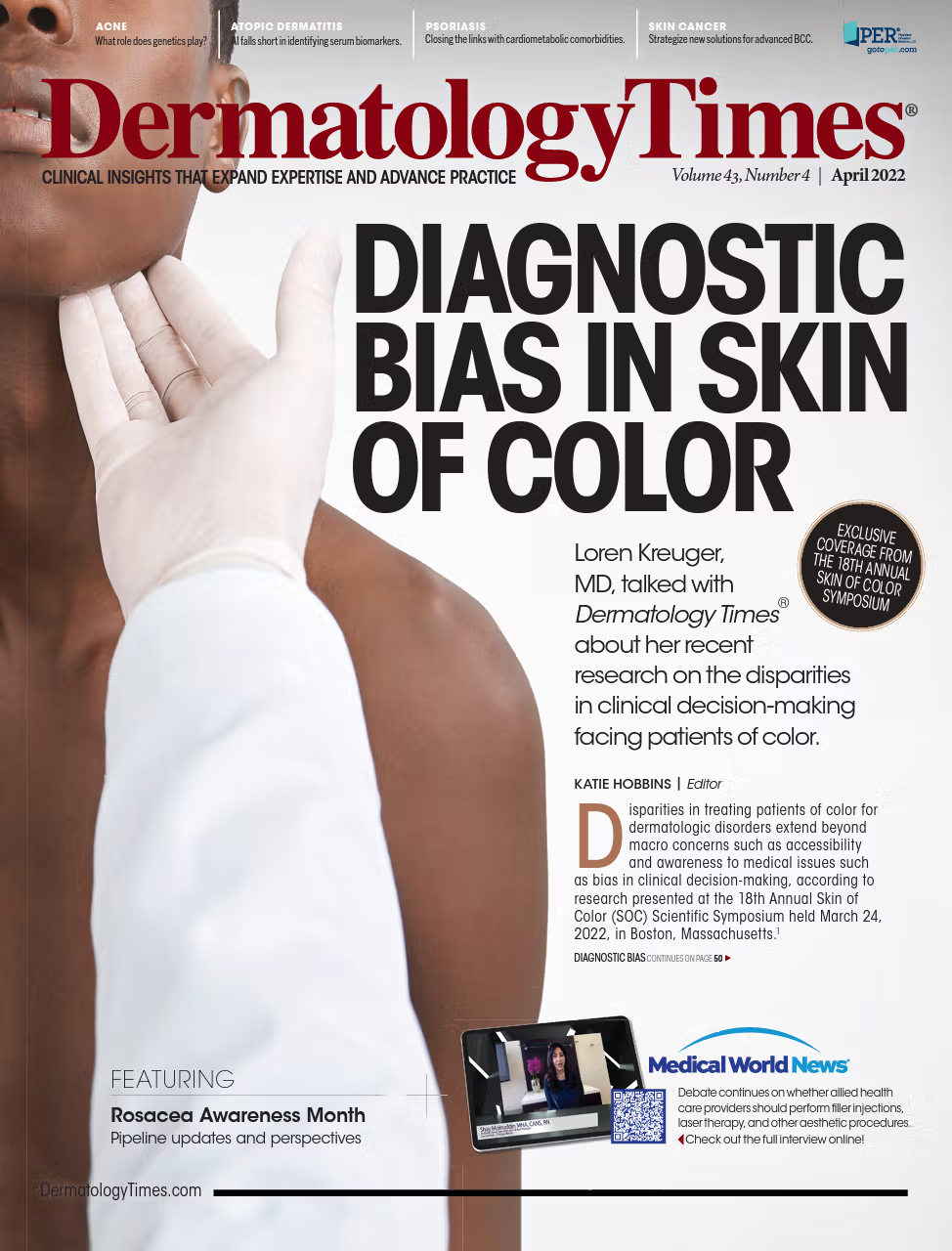
Newsletter
Like what you’re reading? Subscribe to Dermatology Times for weekly updates on therapies, innovations, and real-world practice tips.


